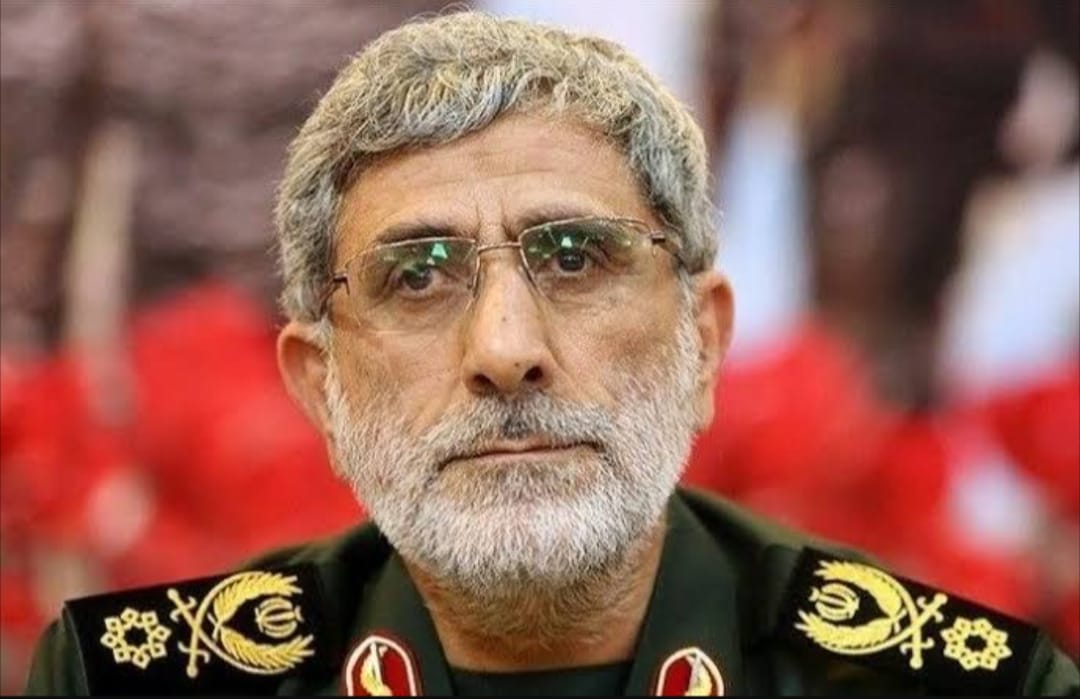General Esmail Qaani, commander of Iran’s Islamic Revolutionary Guard Corps (IRGC) Quds Force, made a public appearance in Tehran, refuting reports that he had been killed in an Israeli airstrike.
Qaani was seen mingling with crowds at a pro-regime rally in the Iranian capital on June 24, in a rare and carefully documented appearance that aimed to end speculation about his fate.
The appearance came nearly two weeks after Israeli airstrikes on June 13 targeted Iranian military infrastructure and were widely reported to have killed top commanders, including Qaani.
The New York Times had cited unnamed Iranian sources to report that Qaani was among those killed. The Jerusalem Post, along with several other regional and international outlets, echoed the claim, further fueling speculation during a period of intense military activity and media fog
The Israeli military celebrated Qaani’s death saying he was one of the key persons targeted during the Israeli strikes.
This is not the first time Qaani has been prematurely declared dead.
A similar wave of rumors emerged in October last year after a deadly Israeli strike in Beirut that killed senior Hezbollah leader Hashem Safieddine.
Qaani’s low-profile nature, compared to his predecessor Qassem Soleimani, has often contributed to speculation and misinformation about his movements and status.
Another senior Iranian commander, Ali Shamkhani, was also reported to have been killed in the same Israeli assault.
Shamkhani, a former admiral and close adviser to Iran’s Supreme Leader, currently serves on Iran’s Supreme National Security Council.
Several Israeli and Western media outlets claimed he had been killed alongside Qaani, again citing anonymous sources.
However, Iranian state media later published statements and photos confirming that Shamkhani was alive, though reportedly injured. In a public message, he said, “I am alive and ready to sacrifice myself.”







